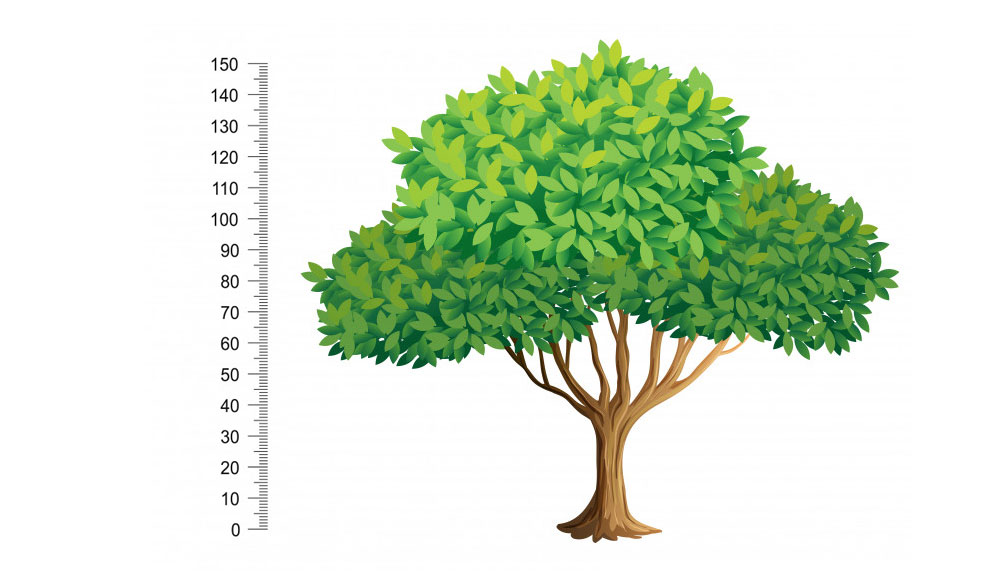Measured Growth
Measured Growth
Play Description
The “Measured Growth” play measures a team’s, department’s or organization’s agility using an agile maturity assessment, which includes a set of criteria that (claim to) define agility. Through the process, weaknesses or gaps are identified so they can be addressed, one by one.
Periodically, agile maturity is re-measured to gauge progress and identify new opportunities to improve.
There are many different agile maturity assessments. See the list under “notes” below.
Use When…
A “Measured Growth” play is best used when one or more of these situations are occurring:
- Uncertain what to do next. Though your team, department or organization is conducting frequent retrospectives, you may be struggling to identify new ways to improve. Because a well-designed agility assessment attempts to be comprehensive and methodical, there’s a good chance conducting an assessment will identify a number of opportunities to improve.
- Leadership needs to justify investment. Often, an organization’s leadership need to justify initial investment in agile, or continued agile investment. By conducting an agility assessment, they have data that can justify the need for investment.
- The organization is unlikely to “game” or misuse the data. Surprise! Just like individuals can cheat on exams, the results of agile maturity assessments can be manipulated. Because of this, some organizations will try to manipulate (“game”) the results in either direction. Need to justify more funding? “Game” the agility assessment to perform poorly. Need to show executive leadership that your team is progressing with agile, “game” the assessment to perform better than you truly are.
Advantages
There are a number of advantages to the “Measured Growth” play, including:
- Aligns with agile practices. Not only does an agile maturity assessment measure agility, using an empirical approach aligns with agile practices.
- Can more easily recognize progress. As long as the maturity assessment is well-thought and has been used many times, it can more easily identify progress and recognize when it occurs. This can increase enthusiasm and speed progress.
- Helps justify on-going investment. As long as the organization continues to progress, “Measured Growth” can justify on-going investment.
- Increases objectivity(?). Theoretically, a well-designed agile maturity assessment increases objectivity by using a standard set of measures that have been shown to be meaningful for multiple organizations. Quantitative measures are typically better than qualitative, which is why the question mark exists for this bullet.
Disadvantages
Some of the typical disadvantages of the “Measured Growth” play include:
- Over-emphasis on “doing agile”. It’s rare that an agile maturity assessment attempts to measure agile thinking, and it’s unlikely attempts to do so would result in an objective measure. As a result, maturity assessments tend to focus on agile practice, or “doing” agile, to heavily.
- Not really objective(?). Depending upon the criteria used in the agile maturity assessment, it’s very possible that the results are not objective. Particularly when criteria are not quantitative, it becomes very easy to interpret the data in one’s own favor, increasing the subjectivity of the results.
- May be measuring the wrong thing. Organizations that use an agile maturity assessment are at the whims of the assessment designers when it comes to criteria. Because of this, it’s possible that organizations using the wrong assessment – one that is a bad fit – is likely to result in them measuring the wrong thing.
- The Assessment could be “gamed”. Just like individuals can cheat on exams, the results of agile maturity assessments can be manipulated. Because of this, some organizations will try to manipulate (“game”) the results in either direction.
Additional Notes
1. One key question people ask is "Should we self-assess, or should we hire a third-party to conduct the assessment?" This typically depends upon who important objectivity are to a successful assessment and how the information will be used. For many teams, departments or organizations, self-assessments are fine AS LONG AS participants are honest with themselves. For others, they need a third party to conduct the assessment in order to trust the results and use it as justification for an investment. In short, it depends on why the assessment is being conducted.
2. Many different agile maturity assessments are available. Here's a partial list to help you start your search, but please note that we do NOT endorse any particular maturity assessment. You and your organization will have to choose an assessment for yourself.
* Comparative Agility (https://www.comparativeagility.com/capabilities/Ca/)
* Agility Health (https://agilityhealthradar.com/)
* Agile Maturity Model (https://info.thoughtworks.com/rs/thoughtworks2/images/agile_maturity_model.pdf)
* SAFe Maturity Assessments (https://www.scaledagileframework.com/measure-and-grow/)

